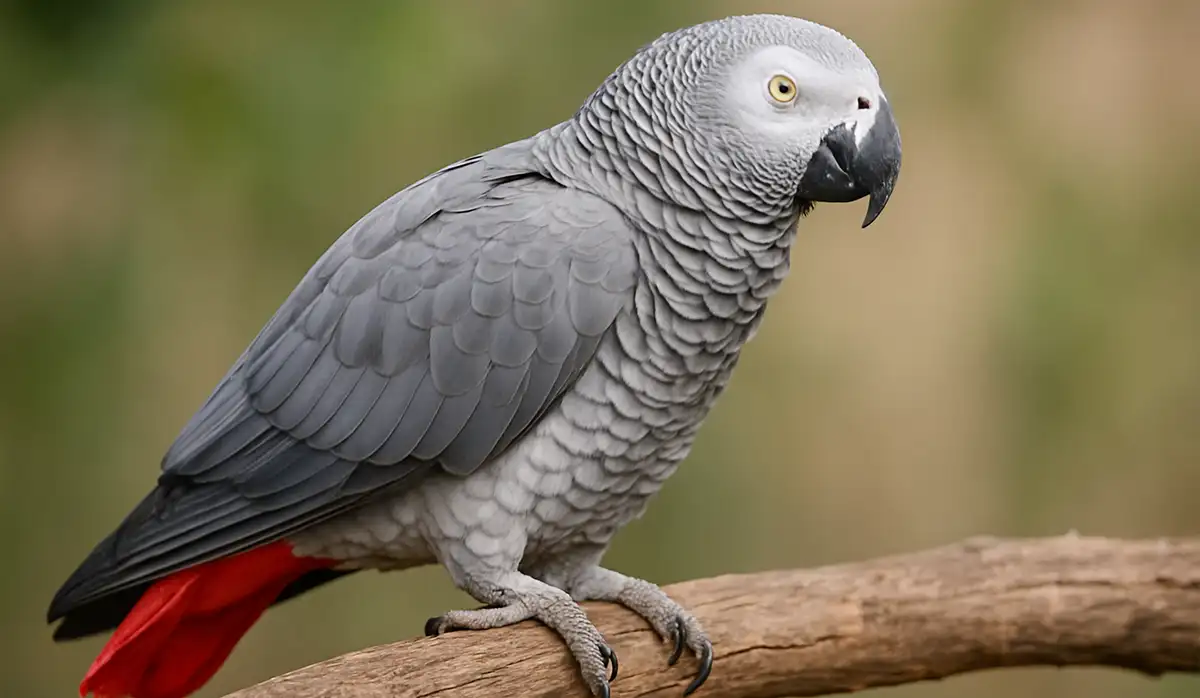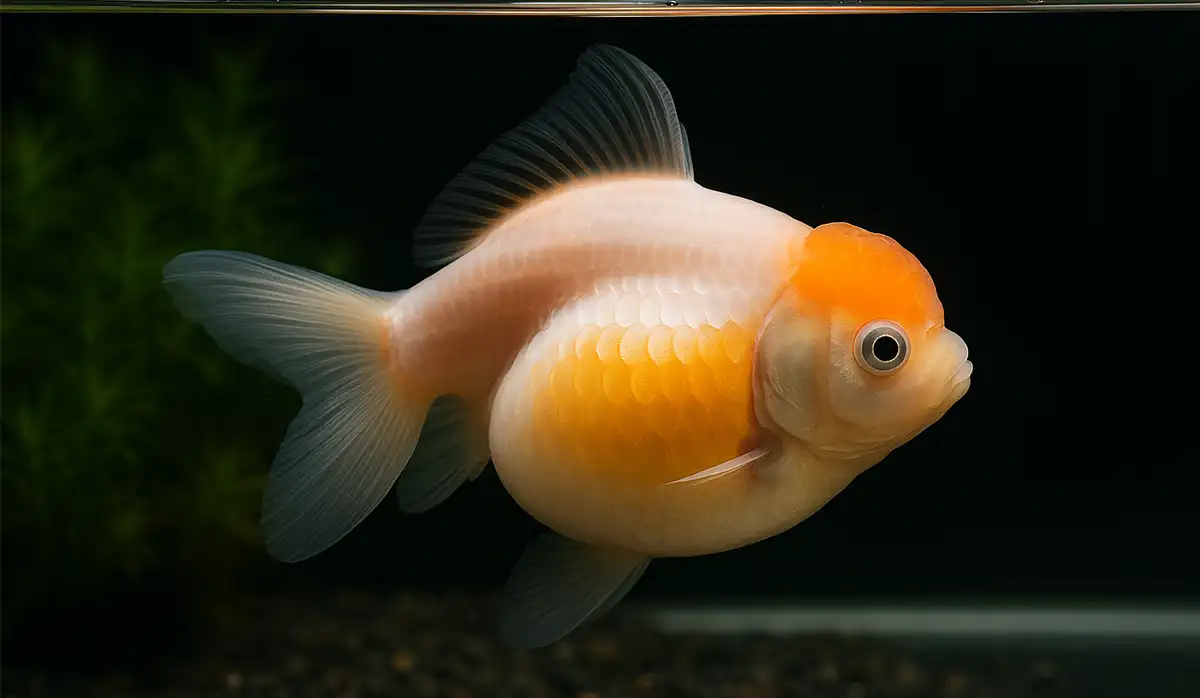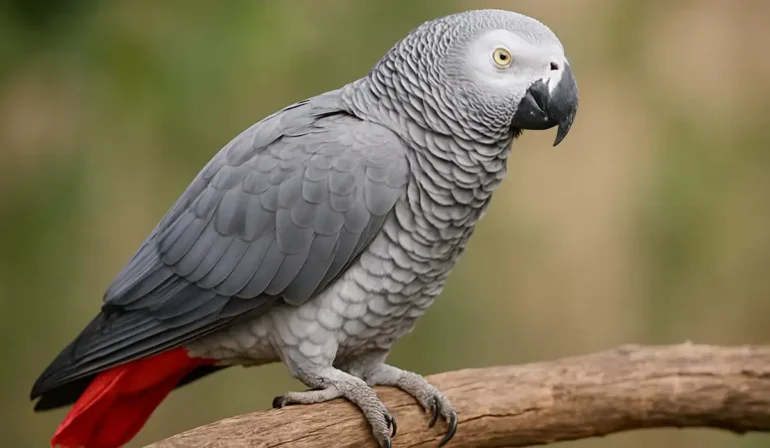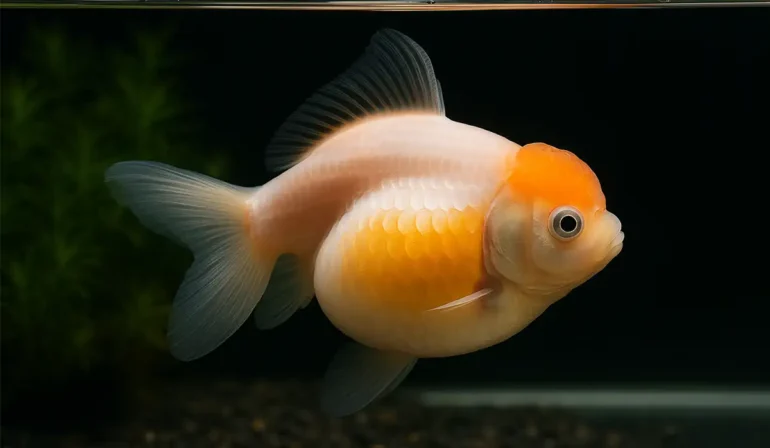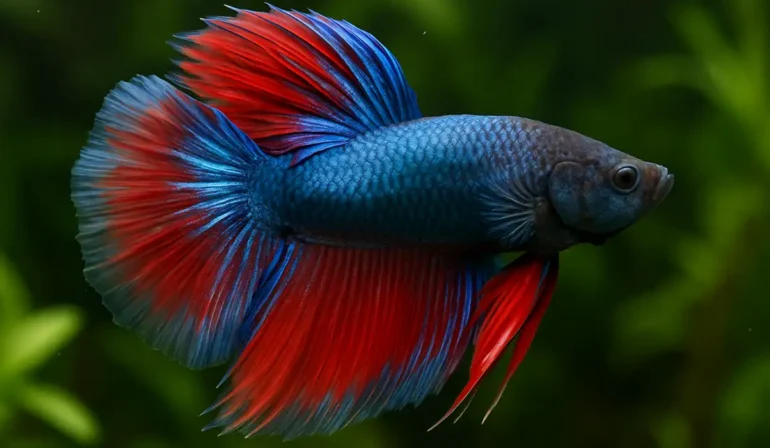Baby Hamsters: A Complete Guide to Caring for These Tiny Pets
By Pet Luvz on March 23, 2025

Table of Contents
Hamsters are one of the most popular small pets, and their babies—often called pups—are incredibly adorable. If you’re caring for a baby hamster, whether as a pet owner or a breeder, it’s essential to know how to handle, feed, and raise them properly. This guide covers everything you need to know about baby hamsters, from birth to adulthood.
Understanding Baby Hamster
What Are Baby Hamster Called?
Just like puppies or kittens, baby hamster have their own special name—they’re called pups!
For more details on hamster species and their differences, check out National Hamster Council.
Growth Stages of a Baby Hamster
A baby hamster grows rapidly within the first month of life. They go through different stages, from being blind and helpless to becoming independent, playful little creatures.
For additional hamster care tips, visit PetLuvz.
Birth and Early Development
How Baby Hamster Are Born
Hamster pregnancies last between 16-22 days, depending on the species. The birth process is usually quick, and the mother delivers multiple babies at once, typically in a quiet and hidden area of her nest.
To learn more about hamster pregnancy and birth, visit The Spruce Pets.
What They Look Like at Birth
Newborn hamsters are tiny, pink, and completely hairless. Their eyes and ears are sealed shut, and they rely entirely on their mother for warmth and food.
The First Few Weeks of Life
- Week 1: Pups remain hairless, blind, and completely dependent.
- Week 2: Fur starts to appear, and they become more active.
- Week 3: Their eyes open, and they begin exploring the cage.
- Week 4: They start eating solid food and gain independence.
How to Care for Baby Hamsters
Keeping the Mother Comfortable
The mother hamster plays a crucial role in her babies’ survival. Ensure she has a stress-free environment, with minimal disturbances, enough food, and a quiet, warm space.
For a detailed guide on hamster care, check out PetMD.
Providing the Right Temperature and Environment
- Keep the room temperature between 68-75°F (20-24°C).
- Avoid sudden loud noises or frequent cage disruptions.
- Do not clean the cage for the first two weeks, as this may cause the mother to abandon or harm the babies.
Feeding Baby Hamsters
The Mother’s Milk and Its Importance
Baby hamsters rely on their mother’s milk for nutrition during the first 3-4 weeks. It’s essential that the mother is well-fed so she can produce enough milk.
When to Introduce Solid Food
By Week 2-3, baby hamsters start nibbling on solid food. You can introduce softened hamster pellets, small pieces of fruit, or cooked grains.
What to Feed Baby Hamsters
- High-quality hamster pellets (Oxbow Essentials Hamster Food)
- Small amounts of fresh vegetables (carrots, cucumber)
- Cooked rice or oats (for easy digestion)
- Avoid citrus fruits and sugary treats
To read more about hamster diet recommendations, visit RSPCA.
Handling Baby Hamsters
When Can You Start Touching Them?
It’s best to wait until at least two weeks old before handling baby hamsters. Before this, their scent is crucial for their mother to recognize them, and touching them too early may cause her to reject or harm them.
The Best Way to Handle Them
- Wash your hands before handling.
- Be gentle—use slow, careful movements.
- Let them sniff you before picking them up.
For more handling tips, check out Hamster Hideout Forum.
Housing and Environment
Cage Requirements for Baby Hamsters
- A spacious cage with plenty of bedding.
- No bars or large gaps where they could escape.
- A soft and warm nesting area.
Keeping the Habitat Safe
- Avoid sharp objects.
- Keep food and water within reach.
- Ensure proper ventilation.
For recommended hamster cages, visit Pets at Home.
Health and Common Issues
Common Illnesses in Baby Hamsters
- Wet tail (diarrhea caused by stress)
- Respiratory infections (caused by cold temperatures)
- Nutritional deficiencies (due to improper diet)
How to Know If They Are Sick
- Lethargy or lack of movement
- Weight loss
- Labored breathing
For hamster health concerns, consult Vet Help Direct.
Weaning and Independence
When Do They Stop Nursing?
By 4 weeks old, baby hamsters are usually weaned and can be separated from their mother.
Preparing Them for a New Home
If you plan to rehome baby hamsters, do so after 4-6 weeks to ensure they are fully independent and healthy.
For guidance on responsible pet rehoming, visit Adopt-a-Pet.
Conclusion
By understanding their growth stages, providing proper care, and ensuring they have a safe environment, you can help them thrive into healthy, happy adults.
For additional tips on hamster care, visit PetLuvz.
FAQs
- How many babies do hamsters have?
Most litters have between 4-12 pups, depending on the species. Learn more on The Spruce Pets. - Can you touch baby hamsters right after birth?
No, it’s best to wait at least two weeks before handling them. - When do baby hamsters open their eyes?
Around 14-17 days old. More details at AnimalWised. - What do baby hamsters eat after weaning?
Softened pellets, grains, and fresh vegetables.
YOU MAY ALSO LIKE
Top Pick
-

African Grey Parrot: A Smart, Loving, and Talkative Companion
July 22, 2025
-

5 Best Canister Filters for Crystal Clear Water in Your Pet Fish Tank
July 8, 2025
-

Is Pumpkin Good for Cats? Everything You Need to Know
July 5, 2025
-

Swim Bladder Treatment: Solutions for Aquarium Fish Health
July 3, 2025
-

7 Fascinating Betta Fish Facts Every Owner Should Know
July 2, 2025
